FDI attraction needs to centre on agriculture and rural restructuring
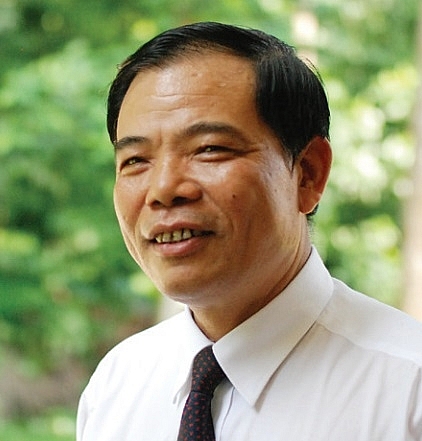 |
FDI in the agricultural sector (encompassing agriculture, forestry, and fisheries), and rural development is an important capital channel, helping the sector to expand its export markets and engage deeper into the global agricultural produce value chain, boosting the productivity, quality, efficiency, and competitiveness of local agricultural producers.
Achievements in attracting FDI into the agricultural sector, however, are still limited, failing to fully bring into play the sector’s enormous potential. In the forthcoming time, it is important to consistently implement wide-ranging measures to attract foreign investment, transforming the economic structure of agricultural and rural areas towards modernisation, developing large-scale and concentrated commodity-based agricultural production to meet international integration requirements, particularly regarding the sub-sectors with high comparative advantages.
1. Achievements in attracting FDI in agriculture and rural development
a) FDI flows in the sector in the past years have contributed to enriching the capital sources of the whole economy. By 2017 the total number of on-going foreign-invested projects in the agricultural sector came to 522, with the total committed capital of $3.57 billion. Foreign-invested projects in the sector have been fairly diversified, focusing on diverse fields like planting, animal husbandry, seafood, forest items processing, forestation and paper production, and sugar production, among others.
b) FDI has brought technology transfer, particularly new cutting-edge technologies to serve the agricultural sector’s production and business activities: technologies, such as those related to the creation of new crops and animal breeds or forestation and wood processing, have contributed to raising labour productivity and competency in foreign-invested enterprises (FIEs) and related government agencies. This is one of the major advantages of FDI in the sector, albeit investment into new technology and equipment is still limited.
Promoting the transfer of new management models: FIEs have engaged in agricultural production in Vietnam with the application of modern technologies to ensure quality and food safety, from there enhancing the added-value of products. In addition, foreign investors made efforts to diversify products, constantly innovating product designs to catch up with growing customer demand in the domestic and export markets. Based on new production models at foreign-invested projects, local businesses and relevant state management agencies could learn advanced management skills, helping to modernise the agricultural sector’s management.
Important contributions to creating jobs and raising farmers’ incomes: foreign-invested projects in the sector are mainly of small and medium size and are closely attached to local material sources. The rate of disbursed capital, however, was high compared to total committed capital, helping to create more jobs, raising people’s incomes, and improving living standards for diverse agricultural and rural areas in the country, thus playing a role in the country’s poverty reduction and hunger eradication plan.
2. Challenges in attracting FDI into agriculture and rural development
Projects are not big in number and are modest in scale: foreign-invested projects in the sector are small in both scale and capital value, incommensurate with the sector’s vast potential and advantages. Beside several projects in animal husbandry, sugar production, animal feed, forestation, and paper material processing which are valued at several dozen million US dollars, the rest are modest in size and linked to local material sources.
These projects, however, have produced encouraging results as small- and medium-sized businesses are often flexible with quick adaption to market changes and new technologies. They are also good at availing themselves of the sector’s potential, creating new jobs and joining hands in effectively tackling social issues.
In addition, foreign-invested projects in agriculture tend to be reducing in proportion. In 2001, FDI into agriculture accounted for 8 per cent of the country’s total FDI volume, but it fell to a mere 1.22 per cent last year. Most projects focus on several limited fields with low levels of import substitutes: In the first years of the country’s open-door policy, most foreign-invested projects focused on the fields of forestation and wood processing, as well as seafood and animal feed production. The field has been diversified in recent years, albeit the areas attracting the most FDI flows remain to be planting, husbandry, forestry, animal feed production, forestation, wood and forest item processing, and seafood.
Agricultural processing takes the lead in FDI attraction in the sector with 40.6 per cent in capital value, followed by planting (17.8 per cent), seafood processing (16.9 per cent), animal husbandry 8.4 per cent, animal feed, fertiliser, and veterinary medicine production 6.14 per cent, forestry and agricultural services (each 1.53 per cent), while the lowest proportion goes to the sectoral supporting industry (1.15 per cent) and trade (0.57 per cent).
Limited coverage: Most foreign-invested projects in the agricultural sector are concentrated in locations with favourable conditions to develop material areas to feed local processing plants or areas receiving the best incentive policies.
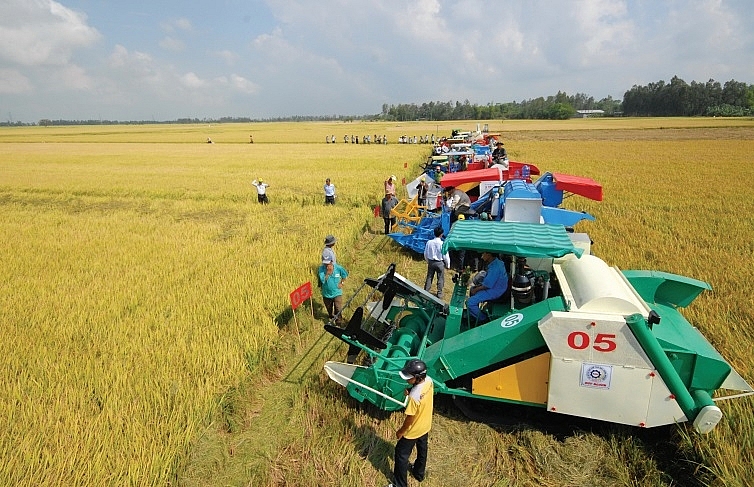 |
| New FDI attraction strategy needs to be in line with Vietnam’s agricultural restructuring and new countryside model |
3. The lessons
- Making use of Vietnam’s advantages such as political stability, rich natural resources, abundant human resources, and fair market growth to attract FDI to the agriculture and rural development;
- Ensuring the flexible application of the government’s policies and related laws in FDI attraction, paying special attention and support to priority projects and programmes on agriculture and rural development; and
- Introducing and constantly updating the list of priority fields and locations in attracting FDI on the government’s official websites and diverse publications on investment as well as taking maximum advantage of diverse information channels and the attention of investors and businesses on Vietnam’s agriculture and rural development to promote investment in the field.
4. Orientations and measures to attract FDI into agriculture and rural development
a) Major orientations
- Attracting FDI in agriculture and rural development needs to be closely linked to the sector’s restructuring, including reforming the growth model and building a new countryside model; ensuring the prevalence of market economy principles; and ensuring quality investment in pursuit of a green and sustainable economy. Additionally, ensuring balance in achieving economic, social, and environmental development targets during the process of attracting FDI in agriculture;
- Prioritising the sectors, fields, and products having comparative advantages that carry high added-value and the potential for market expansion, are compatible with domestic investment or support weak links in the domestic agricultural product value chain to boost the competitiveness of Vietnamese agricultural products;
- The policy system on attracting investment in agriculture and rural development must feature synchronous design with high stability and match international commitments, combining Vietnam’s national interests with those of investors; and
- Priority fields for foreign investment: (i) technology intensive projects and products ensuring biological security, high yields, and protecting environmental resources, (ii) export products creating many jobs, and (iii) projects promoting market linkages and linking with investment activities.
b) Major measures
First is increasing propagation to raise general awareness about the importance of attracting foreign investment into priority fields and creating linkages in the domestic agricultural produce value chain to boost the competitiveness of Vietnamese products. Encouraging domestic businesses, organisations, and individuals to take initiative in increasing cooperation and engage in modern technology and management expertise transfer with foreign investors.
Second is reforming state management and accelerating administrative procedure (AP) reforms: Efforts must be made to perfect the process of decentralising foreign investment management in agriculture and rural development and push up AP reforms (particularly procedures related to the investment) to create a friendly business environment to attract foreign investors. Diverse processes related to the licensing, inspection, and supervision of investment projects must be made public to ensure transparency.
Third is developing infrastructure: Boosting investment into infrastructure upgrades in agriculture and rural development, preparing available land funds for foreign investors, developing a green and environmentally friendly infrastructure system, saving natural resources, ensuring low carbon emissions, and presenting incentive policies on taxes and credit for infrastructure development serving foreign investment projects.
Fourth is establishing and developing major production areas of cash crops and seafood to feed processing plants; forming and developing high-tech agricultural zones; and studying the application of suitable profit-sharing schemes between local farmers and foreign investors.
Fifth is fostering investment promotion into agriculture and rural development: Implementing diverse investment promotion programmes following the spirit of the prime ministerial Decision No.03/2014/QD-TTg dated January 14, 2014, which presents state management regulations on investment promotion activities; improving investment promotion methods by targeting specific fields, areas, and investment partners to ensure efficiency. Ensuring connection between agricultural production and the processing industry as well as global value chains. Investment and trade promotion activities must be closely combined in countries and territories having potential. Defining key partners to be attracted as well as their investment fields and products of advantage is also necessary.
Sixth is perfecting policies to attract investment into agriculture and rural development in the following directions:
(i) Reforming policies on the use and lease of land and natural resources: Consistently applying land lease policies; ensuring investors’ access to land and other rights for a suitable duration; introducing policies to encourage agricultural land concentration, paving the way for the establishment and development of major material areas; recommending the National Assembly to revise the Land Law to tackle existing limitations and concerns in respect to leasing out agricultural land to support large-scale agricultural production; applying scientific and technological progress in production to ensure the more effective use of land, including stimulating the development of the agricultural land lease market, particularly supporting firms with intensive investment into large-scale commodity-based production with high implications on local economic development.
Saying a firm “no” to projects using backward technology and causing harmful impacts to the environment.
(ii) Improving the quality of human resources: Building and perfecting policies stimulating the development and improving the quality of technical human training systems, particularly for priority investment fields and sectors to help investors save initial training costs. Embedding industrial working style in human resources training programmes and enhancing workers’ sense of discipline, particularly among young labourers; and
(iii) Reforming credit and finance policies: Reviewing and studying the application of tax incentives, such as import tax reduction for certain input materials for agricultural production; applying diverse financial incentives towards different priority investment sub-sectors and link them to geographical location incentives; reviewing and reforming the conditions and procedures on borrowing to ease foreign-invested businesses’ access to credit; applying more favourable rules on guaranteeing and mortgage to facilitate businesses’ access to bank loans, particularly regarding priority investment projects.
By Nguyen Xuan Cuong, Minister of Agriculture and Rural Development
What the stars mean:
★ Poor ★ ★ Promising ★★★ Good ★★★★ Very good ★★★★★ Exceptional
 Tag:
Tag:
Related Contents
Latest News
More News
- Interest in renewables drives foreign investment surge (October 10, 2018 | 15:21)
- Bac Giang: building firm FDI foundations of industry and tourism (October 10, 2018 | 13:09)
- Vietnam’s way ahead in foreign investment and economic growth (October 10, 2018 | 11:17)
- FDI into real estate through the roof in Ho Chi Minh City (October 08, 2018 | 12:37)
- Directing FDI into large transport infrastructure projects (October 08, 2018 | 12:34)
- ESMO factory granted investment certificate (October 04, 2018 | 17:23)
- VIR awarded merits and medal for outstanding achievements in FDI attraction (October 04, 2018 | 15:36)
- Hong Kong FTA to boost investment (October 04, 2018 | 14:00)
- FDI gives wings to the banking sector (October 04, 2018 | 14:00)
- Numerous billion-dollar projects licensed at FDI conference (October 04, 2018 | 14:00)





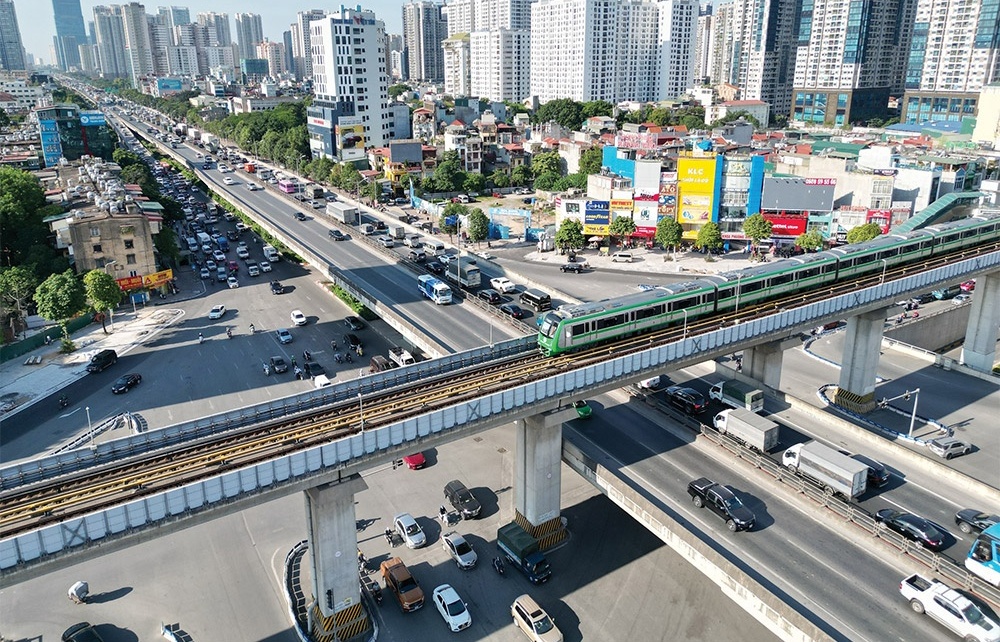
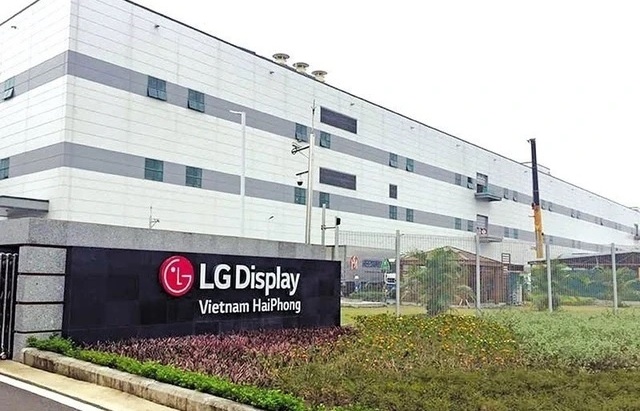



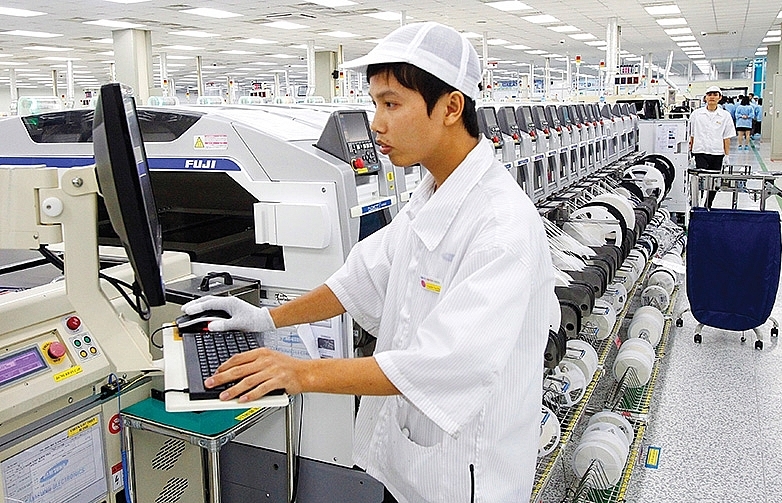

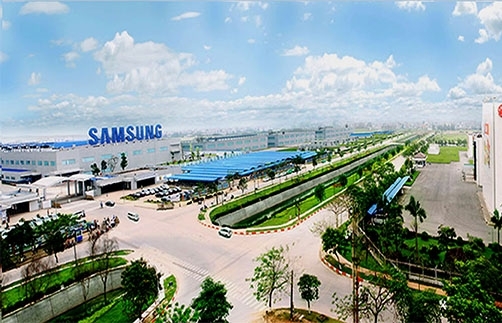
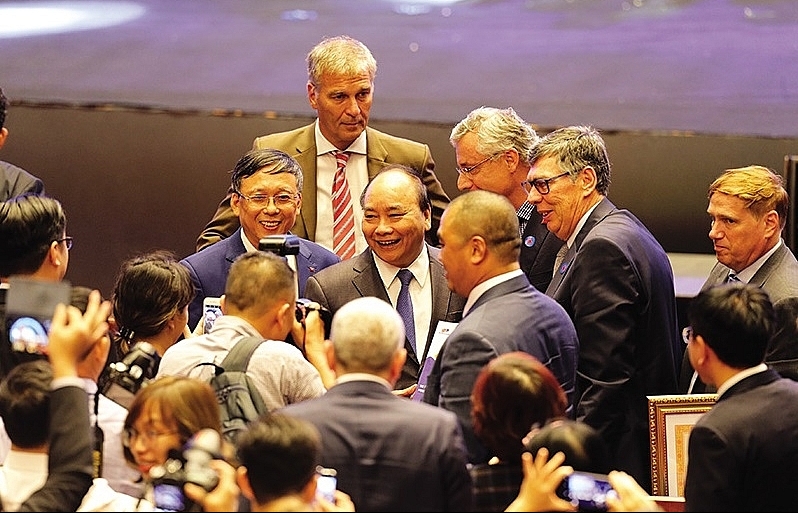


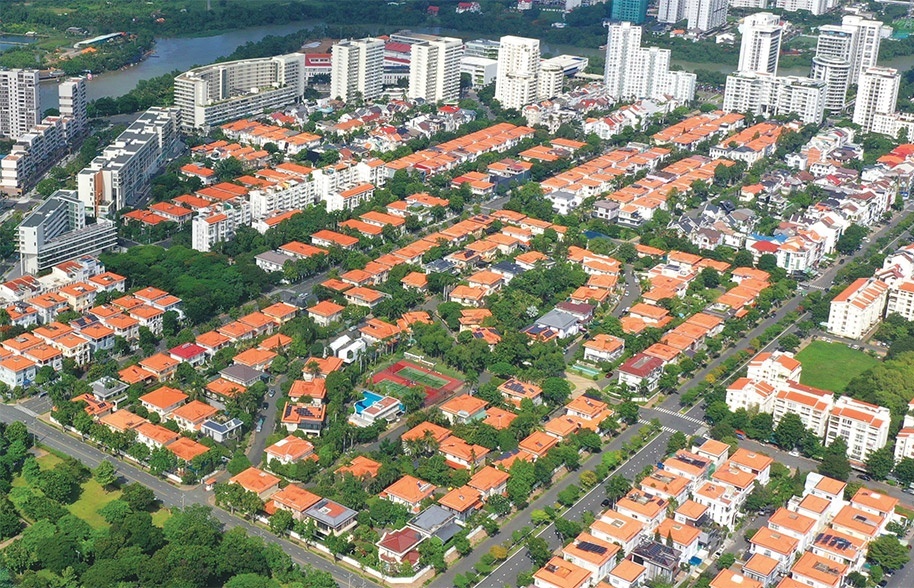
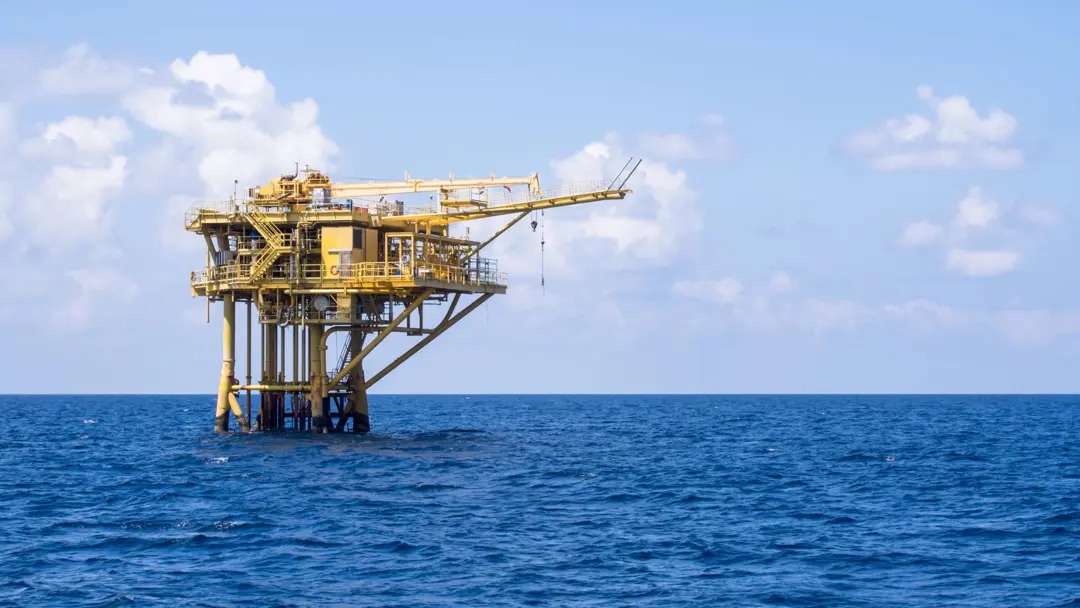



 Mobile Version
Mobile Version